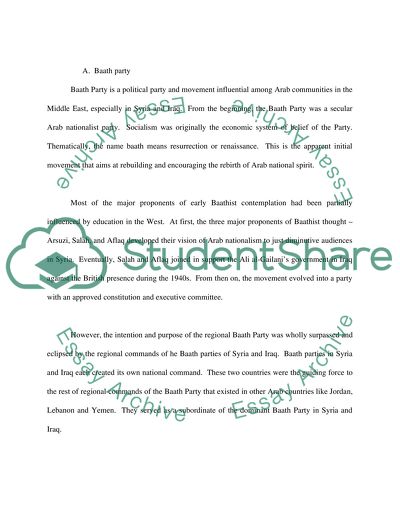Retrieved de https://studentshare.org/miscellaneous/1505385-the-causes-and-effects-of-islamic-resurgence-in-late-20th-and-early-21st-century-in-the-middle-east
https://studentshare.org/miscellaneous/1505385-the-causes-and-effects-of-islamic-resurgence-in-late-20th-and-early-21st-century-in-the-middle-east.


